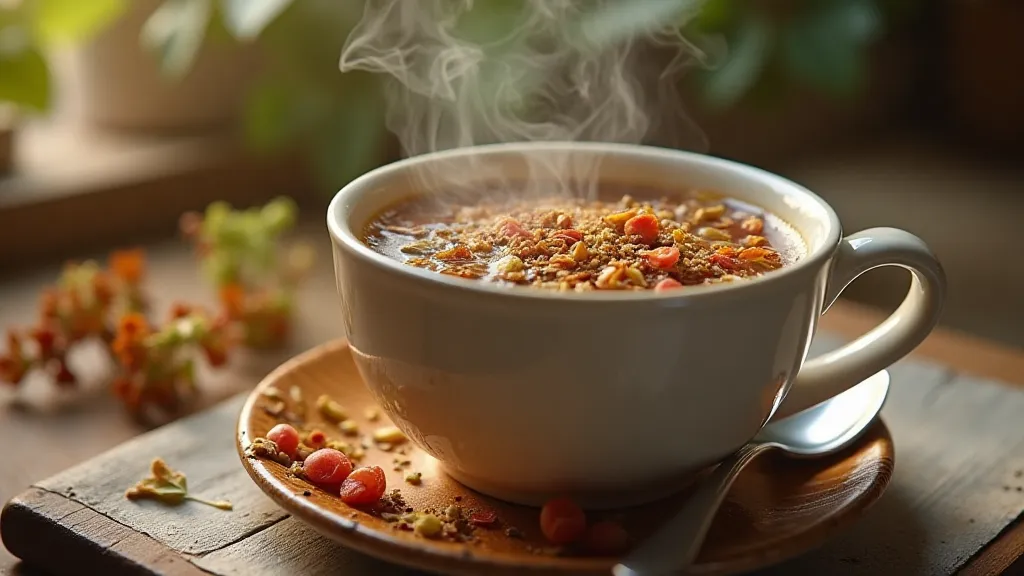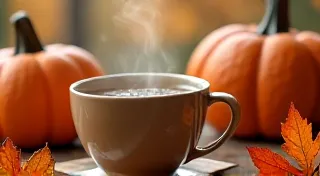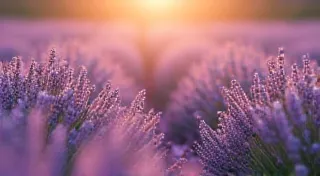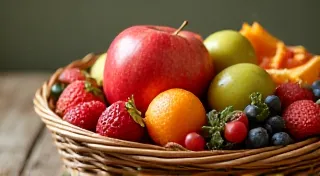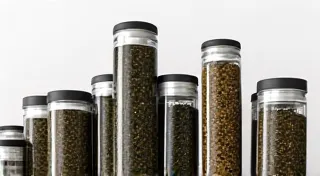The Health Benefits of Herbal Tea Blends
The world of tea extends far beyond the familiar black, green, and white varieties. For those seeking a delicious and healthful beverage, herbal tea blending offers a fascinating journey. More than just a flavorful experience, crafting your own artisan tea blends provides a powerful way to harness the herbal tea benefits for a personalized wellness routine. This article explores the incredible potential health benefits associated with various tea blending creations, emphasizing the power of natural ingredients and how you can tailor your blends for optimal well-being.
What Exactly is Herbal Tea?
First, let’s clarify what we mean by "herbal tea." Technically, true tea comes from the Camellia sinensis plant. What we commonly refer to as herbal tea is actually an infusion made from a variety of herbs, flowers, fruits, roots, and spices. Because they don’t contain tea leaves, these beverages are technically *tisanes*, but the term “herbal tea” is widely accepted.
The beauty of tea blending lies in the sheer diversity of ingredients available. Each botanical possesses unique properties, contributing to the overall flavor profile and health benefits of the final blend. Let’s delve into some of the most popular and potent ingredients and how their combinations can positively impact your health.
Popular Herbal Tea Ingredients and Their Benefits
Here’s a look at some widely used ingredients and the specific health benefits they offer. This will give you a starting point for experimenting with your own tea recipes.
- Chamomile: Known for its calming and relaxing properties, chamomile is excellent for promoting sleep and reducing anxiety.
- Peppermint: A digestive aid, peppermint can soothe upset stomachs and relieve bloating. It's also wonderfully refreshing.
- Ginger: An anti-inflammatory powerhouse, ginger aids digestion, reduces nausea, and can help ease muscle soreness.
- Echinacea: This immune-boosting herb is often used to combat colds and flu.
- Rosehips: Rich in Vitamin C and antioxidants, rosehips support immune function and promote skin health.
- Hibiscus: Known for its vibrant color and tart flavor, hibiscus is believed to help lower blood pressure and cholesterol.
- Lavender: Beyond its delightful aroma, lavender has calming properties and can help relieve headaches.
- Lemon Balm: This fragrant herb is known to improve mood and cognitive function.
- Rooibos: This South African "red bush" tea is packed with antioxidants and is naturally caffeine-free.
- Elderflower: Traditionally used to relieve cold and flu symptoms, elderflower also possesses anti-inflammatory properties.

Synergy: The Power of Blending
The magic of artisan tea isn't just in individual ingredients; it's in the synergistic effects that arise when you combine them. For example:
- Sleepy Time Blend: Combining chamomile, lavender, and lemon balm creates a potent sleep-inducing blend. The chamomile and lavender promote relaxation, while lemon balm supports cognitive function and reduces stress.
- Digestive Support Blend: Peppermint and ginger work beautifully together to ease digestion. The peppermint soothes the stomach, while the ginger reduces inflammation and aids nutrient absorption. Adding a touch of fennel can further enhance digestive comfort.
- Immune Boosting Blend: Echinacea, rosehips, and elderflower create a powerful defense against illness. Echinacea stimulates the immune system, rosehips provide Vitamin C, and elderflower helps alleviate cold and flu symptoms.
- Energy & Focus Blend: Rooibos provides antioxidants and a smooth base, while adding lemon peel offers a refreshing citrus note and subtle mood boost. A pinch of cinnamon adds warmth and a hint of sweetness.
The possibilities are truly endless! Experimentation is key to discovering your perfect tea recipes.
Considerations and Cautions
While generally safe, herbal teas aren’t without potential considerations. Here are a few points to keep in mind:
- Allergies: Always be mindful of potential allergies. Introduce new ingredients one at a time to observe any adverse reactions.
- Medications: Certain herbs can interact with medications. If you’re taking any prescription drugs, consult with your doctor before incorporating new herbal tea blends into your routine.
- Pregnancy & Breastfeeding: Some herbs are not recommended during pregnancy or breastfeeding. Research each ingredient thoroughly or consult with a healthcare professional.
- Quality: Source your herbs from reputable suppliers to ensure quality and purity. Organic options are preferable.
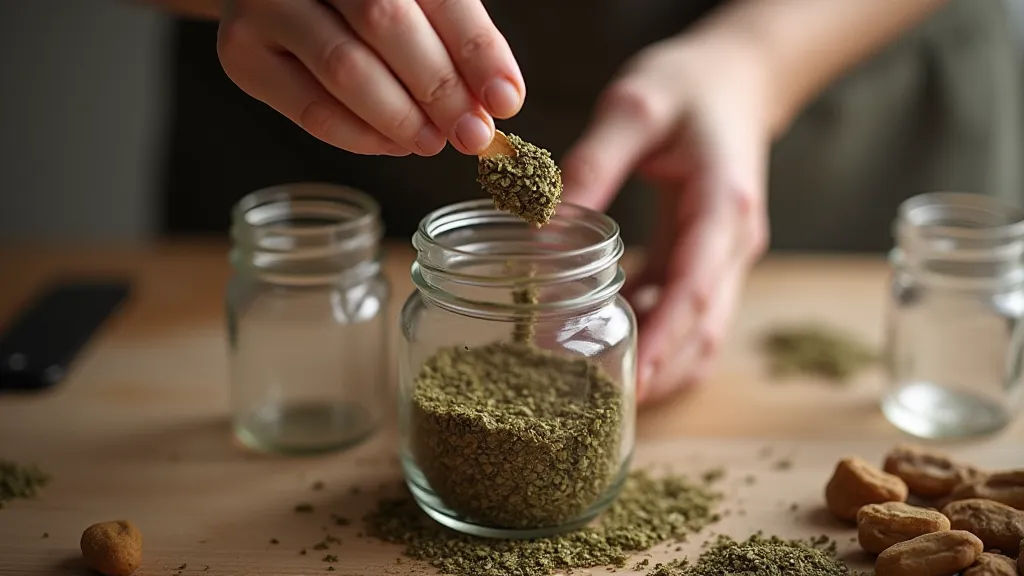
Blending Your Own: A Simple Guide
Getting started with tea blending doesn't have to be complicated. Here's a basic guideline:
- Choose a Base: Rooibos, chamomile, or peppermint are good starting points.
- Select Supporting Herbs: Choose herbs based on desired flavors and health benefits.
- Start Small: Begin with small quantities (e.g., 1 teaspoon of each herb per cup).
- Taste and Adjust: Taste the blend and adjust the proportions as needed.
- Keep Records: Note the ingredients and quantities used so you can recreate your favorite blends.
Conclusion
Crafting your own herbal tea blends offers a delightful journey into the world of natural wellness. By understanding the unique properties of various herbs and carefully combining them, you can create personalized beverages that not only taste amazing but also support your health and well-being. Embrace the creativity of tea blending and discover the countless possibilities that await!
